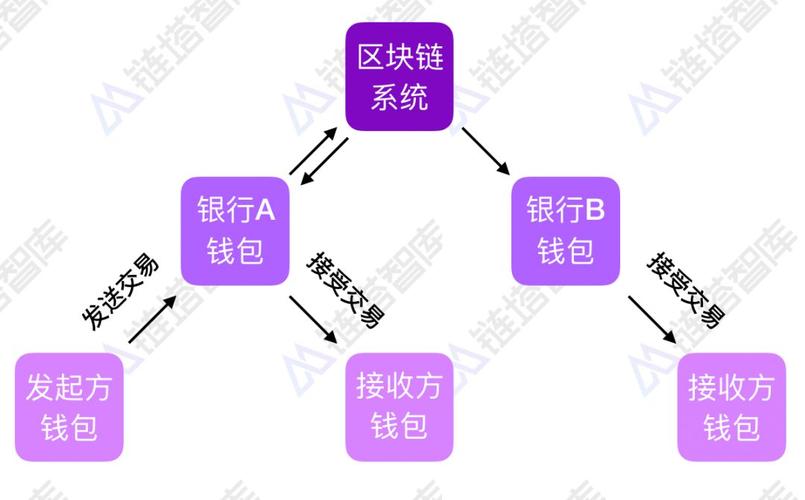区块链数字货币入门到实战
Title: A Roadmap to Blockchain and Digital Currency Technologies
Blockchain technology and digital currencies have witnessed unprecedented growth and adoption in recent years, revolutionizing various industries and reshaping the financial landscape. A roadmap outlining the trajectory of these technologies can help both enthusiasts and professionals navigate their evolution. Let's delve into the stages and milestones of this transformative journey.
1. Foundation Phase:
Key Elements:
Bitcoin Emergence (20082009):
Satoshi Nakamoto introduced Bitcoin, the pioneering cryptocurrency, with the publication of its whitepaper in 2008.
Blockchain Development:
The foundational principles of blockchain technology were laid down, emphasizing decentralized, immutable, and transparent ledgers.
Cryptographic Innovations:
Concepts like cryptographic hash functions, publickey cryptography, and proofofwork (PoW) consensus mechanism were pivotal in ensuring security and trust within the system.
Genesis Block (2009):
The creation of Bitcoin's genesis block marked the commencement of a new era in digital finance.2. Exploration Phase:
Key Elements:
Altcoins and Forks:
The emergence of alternative cryptocurrencies like Litecoin (2011) and Ethereum (2015) expanded the use cases beyond monetary transactions.
Smart Contracts:
Ethereum introduced smart contracts, enabling programmable agreements and decentralized applications (DApps).
Scalability Challenges:
Issues related to scalability, transaction speed, and energy consumption became apparent as blockchain networks grew in popularity.
Diversification of Use Cases:
From finance to supply chain management, healthcare, and voting systems, blockchain found applications across diverse sectors.3. Expansion Phase:
Key Elements:
Enterprise Adoption:
Corporations and governments started exploring blockchain for various use cases, leading to the formation of consortiums like Hyperledger and R3 Corda.
Interoperability Solutions:
Projects focused on interoperability, allowing different blockchain networks to communicate and share data seamlessly.
Regulatory Frameworks:
Governments worldwide began formulating regulations to address concerns regarding security, privacy, and compliance in the crypto space.
ProofofStake (PoS):
PoS emerged as an alternative consensus mechanism, offering energyefficient validation and staking rewards.4. Maturation Phase:
Key Elements:
Institutional Investment:
Traditional financial institutions and hedge funds started investing in cryptocurrencies and blockchainbased assets, driving mainstream acceptance.
Central Bank Digital Currencies (CBDCs):
Several central banks initiated CBDC projects, exploring the integration of blockchain technology into their monetary systems.
Decentralized Finance (DeFi):
DeFi platforms gained traction, enabling users to access financial services like lending, borrowing, and trading without intermediaries.
Layer 2 Solutions:
Scalability solutions such as sidechains, state channels, and the Lightning Network alleviated congestion on main blockchain networks.5. Future Outlook:
Key Focus Areas:
Scalability and Interoperability:
Continued research and development efforts will focus on enhancing blockchain scalability while ensuring interoperability between different networks.
Regulatory Clarity:
Clearer regulatory frameworks will provide a conducive environment for innovation and investment in the blockchain and cryptocurrency space.
Privacy and Security:
Advancements in privacypreserving technologies like zeroknowledge proofs and homomorphic encryption will address concerns regarding data privacy.
Integration with Emerging Technologies:
Blockchain will intersect with emerging technologies such as artificial intelligence, Internet of Things (IoT), and 5G, unlocking novel use cases and synergies.In conclusion, the roadmap of blockchain and digital currency technologies encompasses a journey marked by innovation, challenges, and remarkable growth. As these technologies continue to evolve, collaboration among stakeholders, regulatory clarity, and a focus on addressing scalability and security concerns will be paramount in shaping their future trajectory.
A Roadmap to Blockchain and Digital Currency Technologies
Key Elements:
- Bitcoin Emergence (20082009)
- Blockchain Development
- Cryptographic Innovations
- Genesis Block (2009)
Key Elements:
- Altcoins and Forks
- Smart Contracts
- Scalability Challenges
- Diversification of Use Cases
Key Elements:
- Enterprise Adoption
- Interoperability Solutions
- Regulatory Frameworks
- ProofofStake (PoS)
Key Elements:

- Institutional Investment
- Central Bank Digital Currencies (CBDCs)
- Decentralized Finance (DeFi)
- Layer 2 Solutions
Key Focus Areas:
- Scalability and Interoperability
- Regulatory Clarity
- Privacy and Security
- Integration with Emerging Technologies
